Location: Kyrgyz Republic (aka Kyrgyzstan)
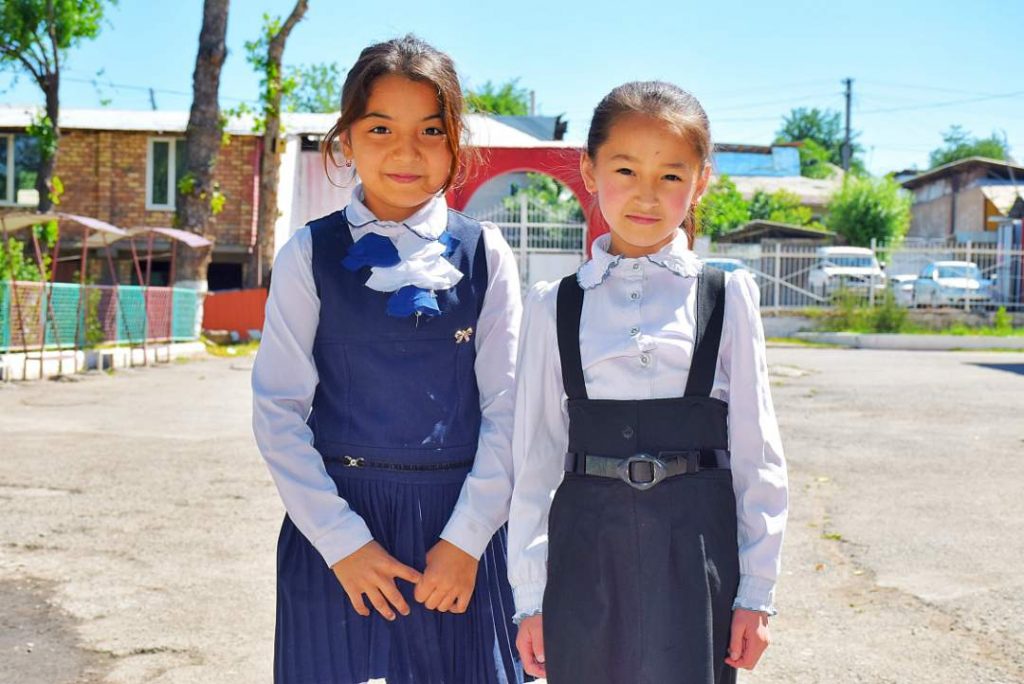 This project involves the new construction of a 14-seat sewered toilet block at No. 24 Mikhail Vasilyevich Frunze Secondary School (the “school”), located at 71 Osh St., Osh, Kyrgyz Republic 714000. The K–11 school serves children ranging in age from 4 to 17. The school’s simple dry pit latrine facility was built in 1989.
This project involves the new construction of a 14-seat sewered toilet block at No. 24 Mikhail Vasilyevich Frunze Secondary School (the “school”), located at 71 Osh St., Osh, Kyrgyz Republic 714000. The K–11 school serves children ranging in age from 4 to 17. The school’s simple dry pit latrine facility was built in 1989.
The non sewered, 100 square meter detached building consists of a brick superstructure, concrete slab roof, concrete floor/cover slab, 28 drop-holes, and a concrete block-lined pit. The existing simple pit latrine has irremediable, below grade design deficiencies that endanger life safety and public health. The facility is a life-safety hazard due to cesspit design and deferred maintenance from a lack of local government funds. An engineering report was prepared for the school by A.V. Tsoi, Engineer for the inspection of buildings and structures (State qualification certificate PR-8.2 No. 022622). The report includes the following key finding: “From the point of view of safety of operation of the facility, the most dangerous violation is the lack of ventilation from the cesspool, which can lead to the accumulation of explosive gases in the pit.” The pit does not have a hatch for the emptying and disposal of waste, or direct, vertical exhaust vent pipes. High concentration of biogas in the cesspit including flammable methane (CH4) and hydrogen sulfide (H2S) due to inadequate venting of the pit substructure is a combustion hazard.
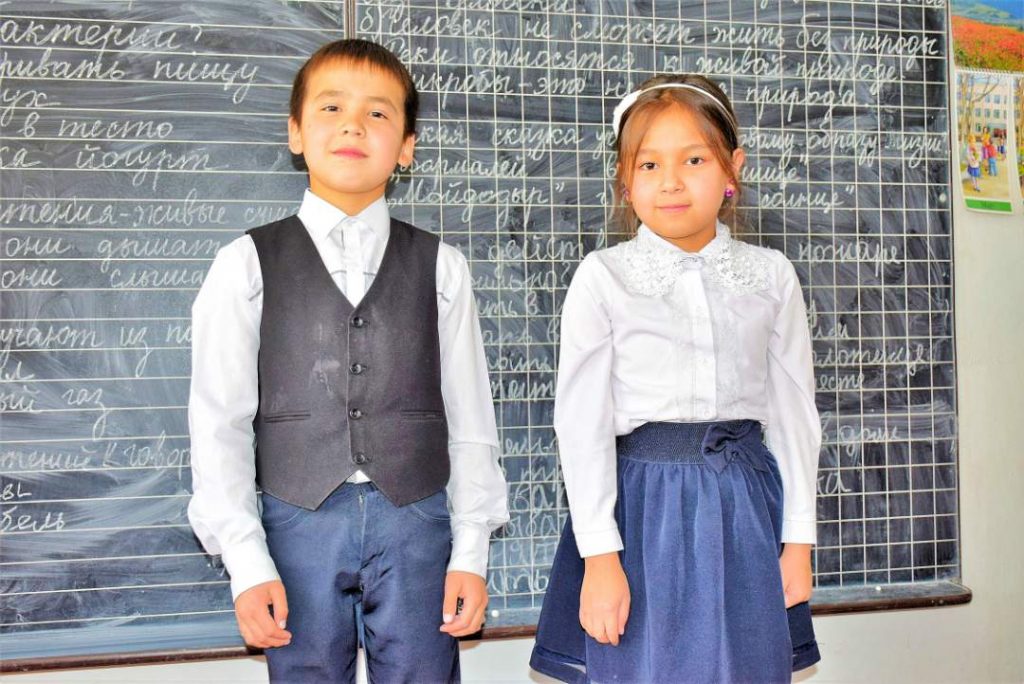 Life, and public health-threatening defects in the design of the latrine substructure cannot be remediated without full reconstruction of the building. The best option for the school’s public safety is to replace it. Adequate on-site sanitation is a primary barrier to fecal-oral transmission of pathogens by hygienically separating excreta from human contact. The existing facility’s protective effect as a transmission barrier is limited by its condition. It no longer fulfils its function of providing safe and hygienic disposal of human waste. Environmental change to an off-site sanitation system is necessary to meet improved sanitation standards as defined by the WHO/UNICEF Joint Monitoring Program for Water Supply and Sanitation. A new latrine connected to sewerage that transports excreta from the school site can reduce diarrheal disease risk at the school by 60 to 70 percent. There is a sewer line on site.
Life, and public health-threatening defects in the design of the latrine substructure cannot be remediated without full reconstruction of the building. The best option for the school’s public safety is to replace it. Adequate on-site sanitation is a primary barrier to fecal-oral transmission of pathogens by hygienically separating excreta from human contact. The existing facility’s protective effect as a transmission barrier is limited by its condition. It no longer fulfils its function of providing safe and hygienic disposal of human waste. Environmental change to an off-site sanitation system is necessary to meet improved sanitation standards as defined by the WHO/UNICEF Joint Monitoring Program for Water Supply and Sanitation. A new latrine connected to sewerage that transports excreta from the school site can reduce diarrheal disease risk at the school by 60 to 70 percent. There is a sewer line on site.
The in-service toilet block is a source of excreta-related diseases including diarrhea, respiratory infection, intestinal worms, and viral hepatitis. The cumulative incidence or risk of students contracting one of these infections during the 2017-2018 school year was 10.7%. Chronic exposure to fecal-oral pathogens and recurrent infection in students leads to childhood health risks. Upgrading the school’s latrine facility to an off-site system connected to sewerage can eliminate a life safety hazard, prevent the spread of infectious disease, stop the cycle of diarrhea, malnutrition and micronutrient deficiency that leads to immunocompromised and infection, growth faltering and cognitive deficits, and reduce the health burden of sanitation-related cost of illness to families.
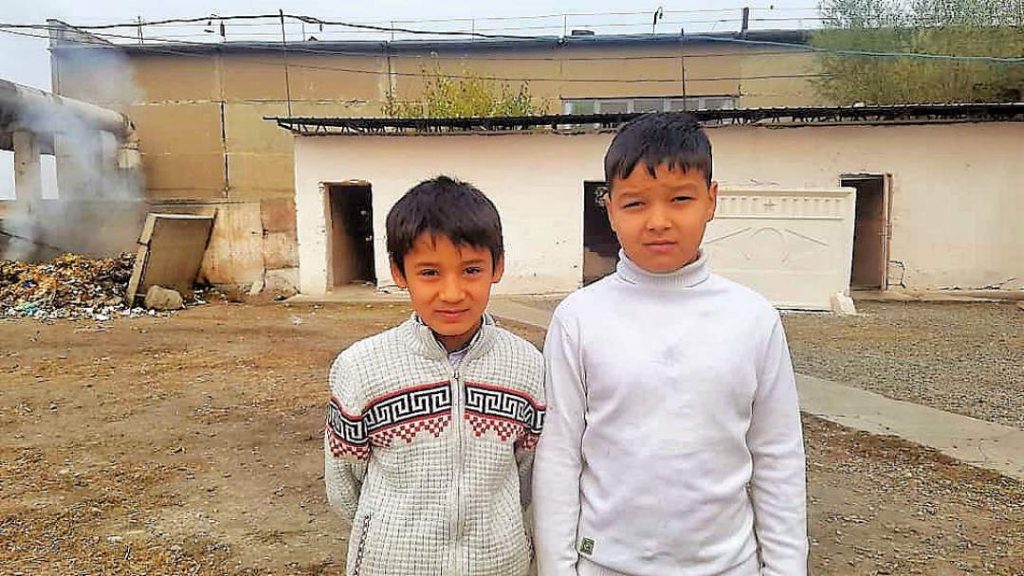
Replacing the thirty-year-old latrine facility will reduce the infection burden on students, teachers and their families, control odor and fly vectors, disrupt the exposure pathway of fecal oral pathogens from the outdoor latrine to the inside of the school, eliminate a point source of groundwater pollution, and provide users with privacy, safety, and dignity. A facility for safe disposal of fecal waste is the first link in the sanitation chain. Building a new latrine block at the school will reduce the incidence of community-acquired diarrheal disease which is a common contributor to malnutrition. Children at the school are caught in a cycle of diarrhea, malnutrition, and micronutrient deficiency. Iron, vitamin A and zinc deficiencies caused by catabolism of nutrient stores, malabsorption, and endogenous fecal loss during frequent diarrhea episodes leads to low height-for-age, reduced catch-up growth because of shorter infection-free intervals, impaired cognitive development, and increased susceptibility to preventable diseases like acute respiratory infection (ARI).
 There were sixteen (16) confirmed cases of ARI at the school during the 2017-2018 school year. Recurring diarrhea and micronutrient deficiency, especially zinc, increase student and teacher risk of contracting ARI. Schools are particularly vulnerable to ARI spread from person to person by droplet or fecal-oral transmission because of the high frequency of close proximity interactions and the fact that children (0-15) are more likely than other age groups to be unsuspected, asymptomatic carriers of the ARI virus. Improving the school’s sanitation will reduce the prevalence of intestinal worms, or soil-transmitted helminths (STH). Ninety-three (93) cases of worm infection were recorded during the 2017-2018 school year. Worm burden is greatest among children between 5 and 15 years of age.
There were sixteen (16) confirmed cases of ARI at the school during the 2017-2018 school year. Recurring diarrhea and micronutrient deficiency, especially zinc, increase student and teacher risk of contracting ARI. Schools are particularly vulnerable to ARI spread from person to person by droplet or fecal-oral transmission because of the high frequency of close proximity interactions and the fact that children (0-15) are more likely than other age groups to be unsuspected, asymptomatic carriers of the ARI virus. Improving the school’s sanitation will reduce the prevalence of intestinal worms, or soil-transmitted helminths (STH). Ninety-three (93) cases of worm infection were recorded during the 2017-2018 school year. Worm burden is greatest among children between 5 and 15 years of age.
The two most prevalent STHs among school children in Osh city are roundworm (Ascaris lumbricoides) and pinworm (Enterobius vermicularis). STHs are transmitted from person to person via the fecal-oral route by ingestion of worm eggs. Worm infection is associated with vitamin A and iron deficiencies, impaired physical and mental development, cognitive deficits, and increased school absenteeism. According to the World Health Organization’s “Deworming for Health and Development: Report of the third global meeting of the partners for parasite control,” the average IQ loss per worm infection is 3.75 points (2005, p. 15). A new latrine connected to sewerage can reduce the likelihood of STH infection by 67 percent. Better sanitation at the school through the provision of new toilet infrastructure will reduce the incidence of hepatitis A virus (HAV) infection. Nine (9) students were infected with HAV during the 2017-2018 school year. HAV is transmitted from person to person by the fecal-oral route through direct contact with HAV carriers and contaminated surfaces.
 The sanitary and epidemiological condition of the school’s latrine block is a public health hazard. Building a new latrine will be an important barrier to infection transmission at the school, resulting in reduced secondary spread to students’ and teachers’ homes. Household contacts, particularly non-school going siblings and children under 24 months of age, are at increased risk of diarrheal disease exposure through close proximity interactions with students and teacher parents who act as infection vehicles.
The sanitary and epidemiological condition of the school’s latrine block is a public health hazard. Building a new latrine will be an important barrier to infection transmission at the school, resulting in reduced secondary spread to students’ and teachers’ homes. Household contacts, particularly non-school going siblings and children under 24 months of age, are at increased risk of diarrheal disease exposure through close proximity interactions with students and teacher parents who act as infection vehicles.
The estimated average total family cost per diarrheal episode requiring medical treatment in Kyrgyzstan is $55.97. A low-end average number of diarrhea episodes per child per year is 3. Because of the high cost of diarrhea treatment relative to income, households with two or more children under five years of age are less likely to seek care, or are forced to use their savings or reduce expenditures on basic necessities to pay for the direct cost of sanitation-related illness. Replacing the existing onsite sanitation facility can reduce the economic burden of infection on families by eliminating the environmental source of excreta diseases at the school.
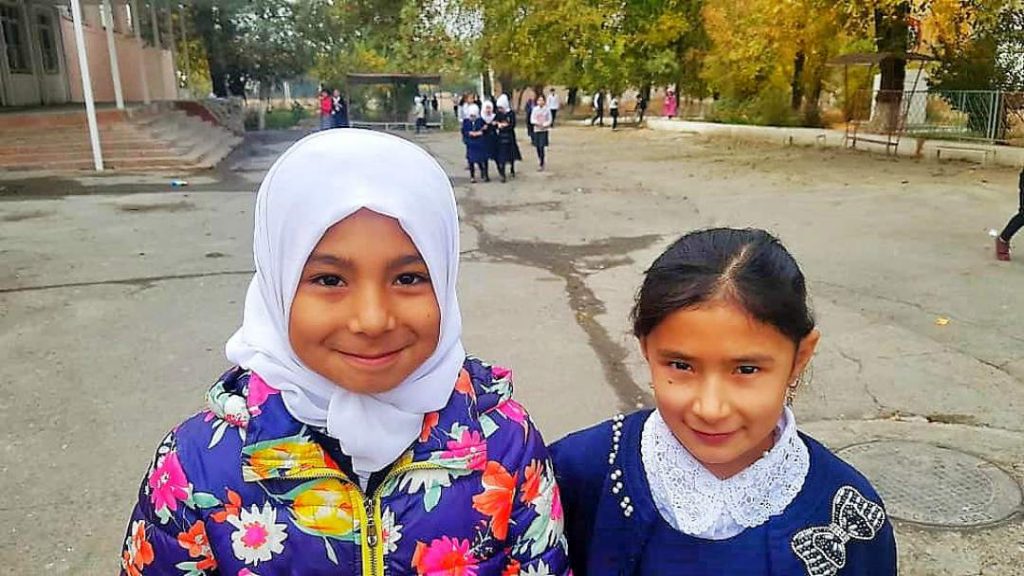 Fly control through environmental improvement to an off-site sanitation system at the school can reduce diarrhea incidence by 23 to 40 percent. The school’s communal latrine block is a nuisance site for disease-transmitting flies and bad odor. Doorless entries, wall apertures, and open drop-holes without fly-proof covers allow flies to access the latrine pit and make direct contact with fecal sludge for breeding and feeding. The flies carry intestinal disease agents and worm eggs on their mouthparts, feet, and bodies, and mechanically transmit them to students and teachers, surfaces and food through regurgitation, defecation, and dislodgement. Building a new latrine will eliminate the cesspit as a breeding and feeding site, prevent direct fly contact with excreta, and reduce fly attraction by minimizing latrine odor gases, namely, ammonia and trimethylamine. Malodor from the latrine not only attracts flies but is a disgust factor that leads to toileting avoidance, voluntary stool retention and physical discomfort. Students and teachers who avoid toileting at school are at higher risk of developing voiding dysfunctions like incontinence and constipation, and urinary tract infection.
Fly control through environmental improvement to an off-site sanitation system at the school can reduce diarrhea incidence by 23 to 40 percent. The school’s communal latrine block is a nuisance site for disease-transmitting flies and bad odor. Doorless entries, wall apertures, and open drop-holes without fly-proof covers allow flies to access the latrine pit and make direct contact with fecal sludge for breeding and feeding. The flies carry intestinal disease agents and worm eggs on their mouthparts, feet, and bodies, and mechanically transmit them to students and teachers, surfaces and food through regurgitation, defecation, and dislodgement. Building a new latrine will eliminate the cesspit as a breeding and feeding site, prevent direct fly contact with excreta, and reduce fly attraction by minimizing latrine odor gases, namely, ammonia and trimethylamine. Malodor from the latrine not only attracts flies but is a disgust factor that leads to toileting avoidance, voluntary stool retention and physical discomfort. Students and teachers who avoid toileting at school are at higher risk of developing voiding dysfunctions like incontinence and constipation, and urinary tract infection.
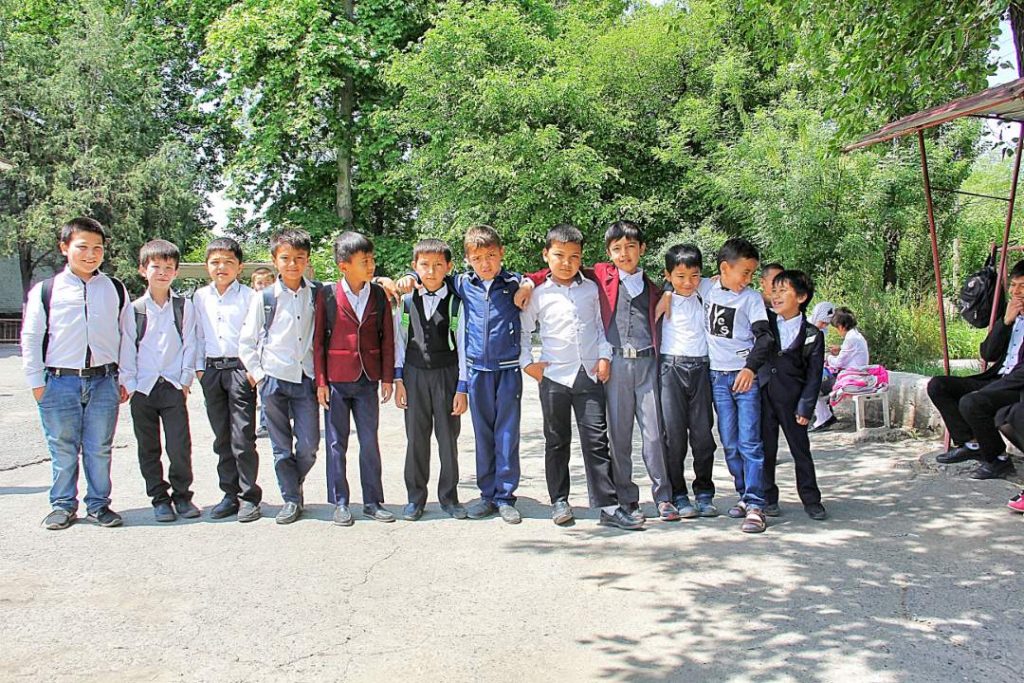
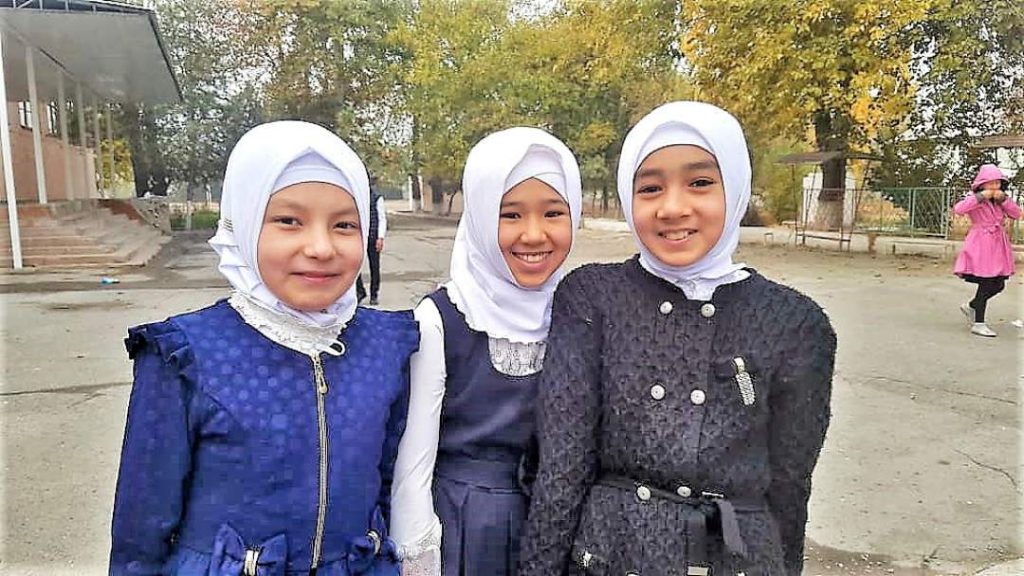 Movement of students and teachers between the latrine and the school is an exposure pathway for infection. Latrine users are intermediate carriers of fecal pathogens from the outdoor latrine site to inside the school through contamination of their footwear. The rough, unsealed concrete floor of the latrine cannot be adequately cleaned and disinfected. Fouling of the cover slab around the foot rests and stances with excreta contaminates users’ shoe soles. The shoe bottoms act as fomites, transporting fecal contamination from outside to inside the school. Infection occurs through touching of the shoes by a surface-to-hand-to-mouth route, or via inhalation and swallowing through airborne transmission by aerosolization of fecal bacteria in dust from contaminated flooring. Walking is an important factor for transmission of floor bacteria, dispersing infectious particles onto high-contact surfaces like school desks and chairs. New latrine construction will mitigate this exposure pathway by incorporating environmental surface materials for walls and flooring that are easy to clean and disinfect.
Movement of students and teachers between the latrine and the school is an exposure pathway for infection. Latrine users are intermediate carriers of fecal pathogens from the outdoor latrine site to inside the school through contamination of their footwear. The rough, unsealed concrete floor of the latrine cannot be adequately cleaned and disinfected. Fouling of the cover slab around the foot rests and stances with excreta contaminates users’ shoe soles. The shoe bottoms act as fomites, transporting fecal contamination from outside to inside the school. Infection occurs through touching of the shoes by a surface-to-hand-to-mouth route, or via inhalation and swallowing through airborne transmission by aerosolization of fecal bacteria in dust from contaminated flooring. Walking is an important factor for transmission of floor bacteria, dispersing infectious particles onto high-contact surfaces like school desks and chairs. New latrine construction will mitigate this exposure pathway by incorporating environmental surface materials for walls and flooring that are easy to clean and disinfect.
The latrine is a point source of local groundwater contamination. According to the engineering report, the pit is water permeable and liquid waste is penetrating into the local groundwater. The engineer’s conclusion from visual inspection of the soft consistency of the pit sludge is that the liquid component of the feces (urine) is constantly infiltrating into the underlying soil. This hydraulic load transports pathogens and nitrate to groundwater drinking sources. The minimum safe distance between a pit latrine and the nearest groundwater source is 10 meters. The existing latrine building is located at an unsafe distance (6.5 m) from nearby homes and private wells. Poor containment of fecal was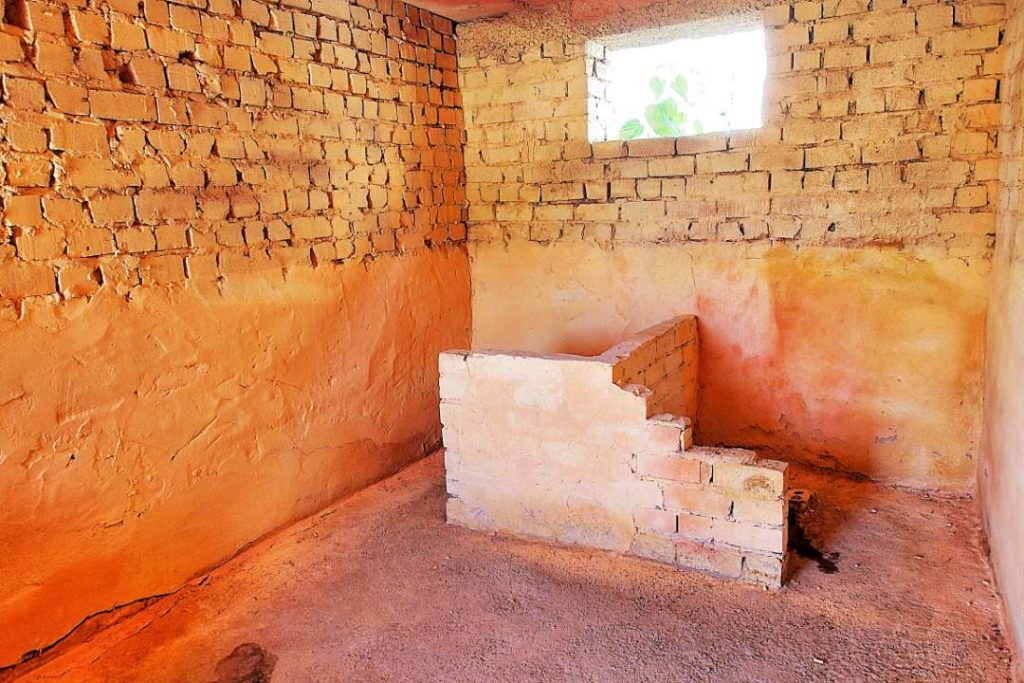 te due to deficiencies in the latrine substructure is a public health hazard. Building a new latrine block at the school will allow an increase in the setback to a distance greater than 10 meters from groundwater drinking sources, and eliminate a pollution source point.
te due to deficiencies in the latrine substructure is a public health hazard. Building a new latrine block at the school will allow an increase in the setback to a distance greater than 10 meters from groundwater drinking sources, and eliminate a pollution source point.
Direct beneficiaries of the project are 747 students, including 60 children five years of age and under who are at increased risk of sanitation-related illness, and 52 teachers at the school. Indirect beneficiaries of the project are the 800 families of students and teachers, especially those with non-school going children in the household, through decreased secondary disease transmission from the school to the home environment and reduced cost of illness. Access to adequate sanitation is a basic human right. The project supports United Nations General Assembly Resolution 64/292 (On the Right to Water and Sanitation, 28 July 2010) recognizing sanitation as a basic human right, and articles 24(1c) on combating disease and malnutrition and 24(e) on access to education, hygiene and sanitation of the Convention on the Rights of the Child (20 November 1989). The project also directly addresses: Sustainable Development Goal 3, target 3.3 on ending neglected tropical diseases and combating hepatitis, water-borne diseases and other communicable diseases; Sustainable Development Goal 4, target 4.5 on eliminating gender disparities in education and means of implementation 4.a on building and upgrading education facilities that are child, disability and gender sensitive and provide safe, non-violent, inclusive and effective learning environments; Sustainable Development Goal 5, target 5.1 on ending all forms of discrimination against all women and girls; and Sustainable Development Goal 6, target 6.2 on achieving access to adequate and equitable sanitation and hygiene paying special attention to the needs of women and girls and means of implementation 6.b on supporting and strengthening the participation of local communities in improving water and sanitation management.
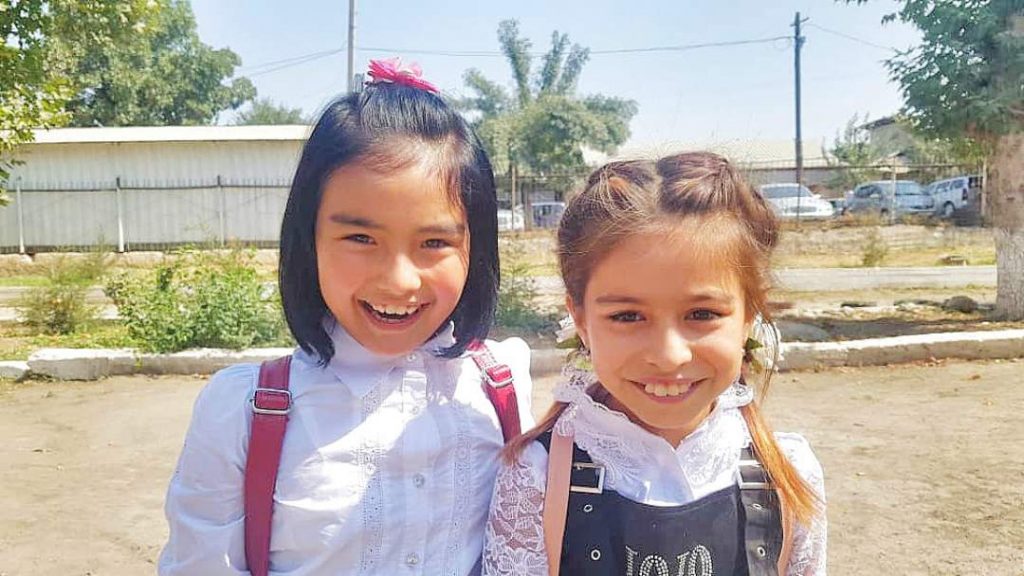
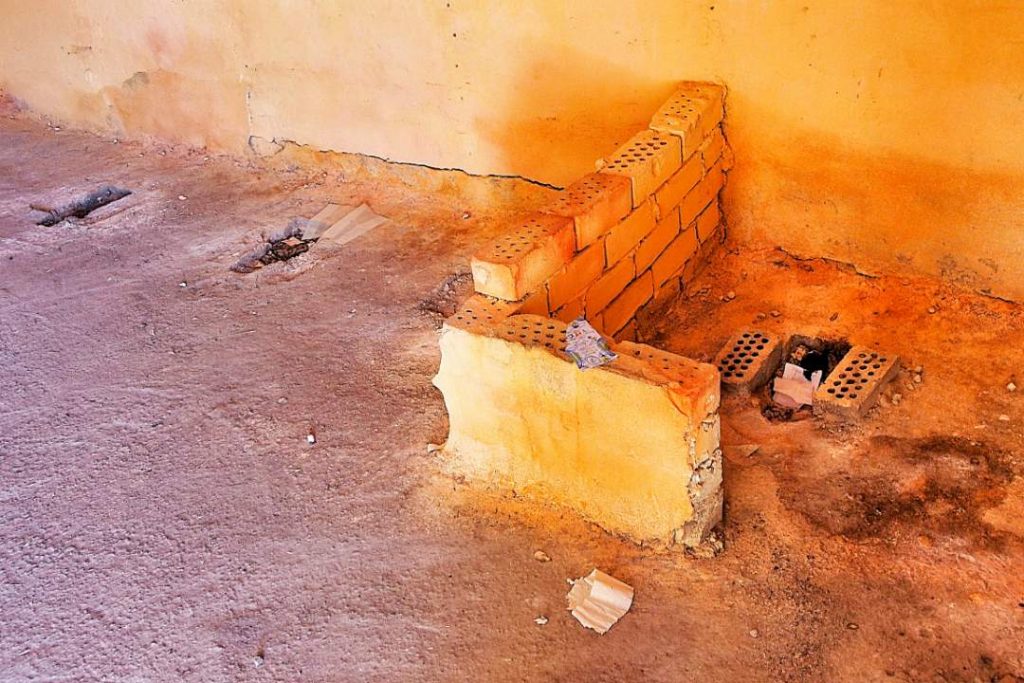 To date, the school has been able to obtain through individual donations: (i) architectural planning conditions (“АПУ”) and engineering and technical conditions (“ИТУ”) documentation for the new toilet building as required by the State Agency of Architecture, Construction and Housing and Communal Services under the Government of Kyrgyzstan; (ii) building permits and approvals (electricity, water utility, fire safety, sanitary and epidemiological) as required by Kyrgyz law from the Osh Regional Directorate of Urban Development and Architecture, and the Osh City Center for Disease Prevention and State Sanitary Epidemiological Surveillance with the functions of coordinating the activities of the service in the Osh region (December 25, 2018); and (iii) design drawings by architect Ormonkulov K. (December 14, 2018). The project is backed by Osh Mayor Sarybashov Taalaibek Nasirbekovich, Vice Mayor Azimov Jasur Makhmudovich, Osh City Kenesh Deputy Turduev R. A., and Head of the Osh City Education Department Asanov Avazbek Raimzhanovich. In support of the project, the Osh City Education Department tendered for the development of design and estimate documentation (проектно-сметная документация, ПСД) for the toilet block. The price of the contract was 60000 KGS (860.31 USD). The “ПСД“ is the last document required prior to construction start.
To date, the school has been able to obtain through individual donations: (i) architectural planning conditions (“АПУ”) and engineering and technical conditions (“ИТУ”) documentation for the new toilet building as required by the State Agency of Architecture, Construction and Housing and Communal Services under the Government of Kyrgyzstan; (ii) building permits and approvals (electricity, water utility, fire safety, sanitary and epidemiological) as required by Kyrgyz law from the Osh Regional Directorate of Urban Development and Architecture, and the Osh City Center for Disease Prevention and State Sanitary Epidemiological Surveillance with the functions of coordinating the activities of the service in the Osh region (December 25, 2018); and (iii) design drawings by architect Ormonkulov K. (December 14, 2018). The project is backed by Osh Mayor Sarybashov Taalaibek Nasirbekovich, Vice Mayor Azimov Jasur Makhmudovich, Osh City Kenesh Deputy Turduev R. A., and Head of the Osh City Education Department Asanov Avazbek Raimzhanovich. In support of the project, the Osh City Education Department tendered for the development of design and estimate documentation (проектно-сметная документация, ПСД) for the toilet block. The price of the contract was 60000 KGS (860.31 USD). The “ПСД“ is the last document required prior to construction start.
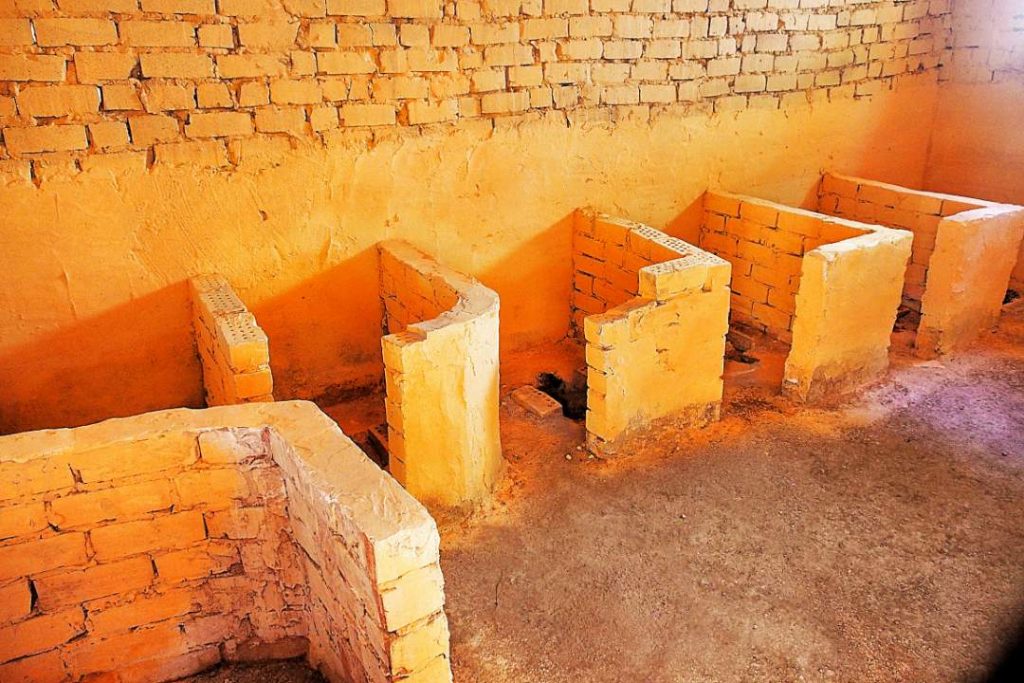 On behalf of the school, a grant application was submitted to Henkel AG & Co. KGaA’s MIT (Make an Impact on Tomorrow) Program. This grant application was successful. The maximum grant award value of 10,000 dollars was awarded. The school’s project partner, Central Asian Alliance for Water (CAAW), has provided two project budgets: a low end budget, and an MHM, gender-sensitive high end budget that includes point-of-use hand washing sinks and a solar water heating (SWH) system. CAAW is registered as a Public Association, or NGO, with the Ministry of Justice of the Kyrgyz Republic (registration certificate No. 076025). It works with the Government of the Kyrgyz Republic on rural and urban water and sanitation projects in Kyrgyzstan and with international partners like Women Engage for a Common Future (WECF), the International Secretariat for Water and Solidarity Water Europe (ISW-SWE), UNICEF, and the U.S. Agency for International Development (USAID) on projects in the Kyrgyz Republic and Central Asian region.
On behalf of the school, a grant application was submitted to Henkel AG & Co. KGaA’s MIT (Make an Impact on Tomorrow) Program. This grant application was successful. The maximum grant award value of 10,000 dollars was awarded. The school’s project partner, Central Asian Alliance for Water (CAAW), has provided two project budgets: a low end budget, and an MHM, gender-sensitive high end budget that includes point-of-use hand washing sinks and a solar water heating (SWH) system. CAAW is registered as a Public Association, or NGO, with the Ministry of Justice of the Kyrgyz Republic (registration certificate No. 076025). It works with the Government of the Kyrgyz Republic on rural and urban water and sanitation projects in Kyrgyzstan and with international partners like Women Engage for a Common Future (WECF), the International Secretariat for Water and Solidarity Water Europe (ISW-SWE), UNICEF, and the U.S. Agency for International Development (USAID) on projects in the Kyrgyz Republic and Central Asian region.
At this point we are hoping that donors will step up and contribute the remainder of the funds to get this project underway. Unlike our normal Water Charity projects that are pre-funded out of pocket and run by Water Charity volunteers, this project must be fully funded before it can start. Please use the donate button below and note that your funds are for this project in Kyrgyzstan. We may create a Flipcause page for more engaging interaction with donors as well. If that happens, you will find that link and widget below.